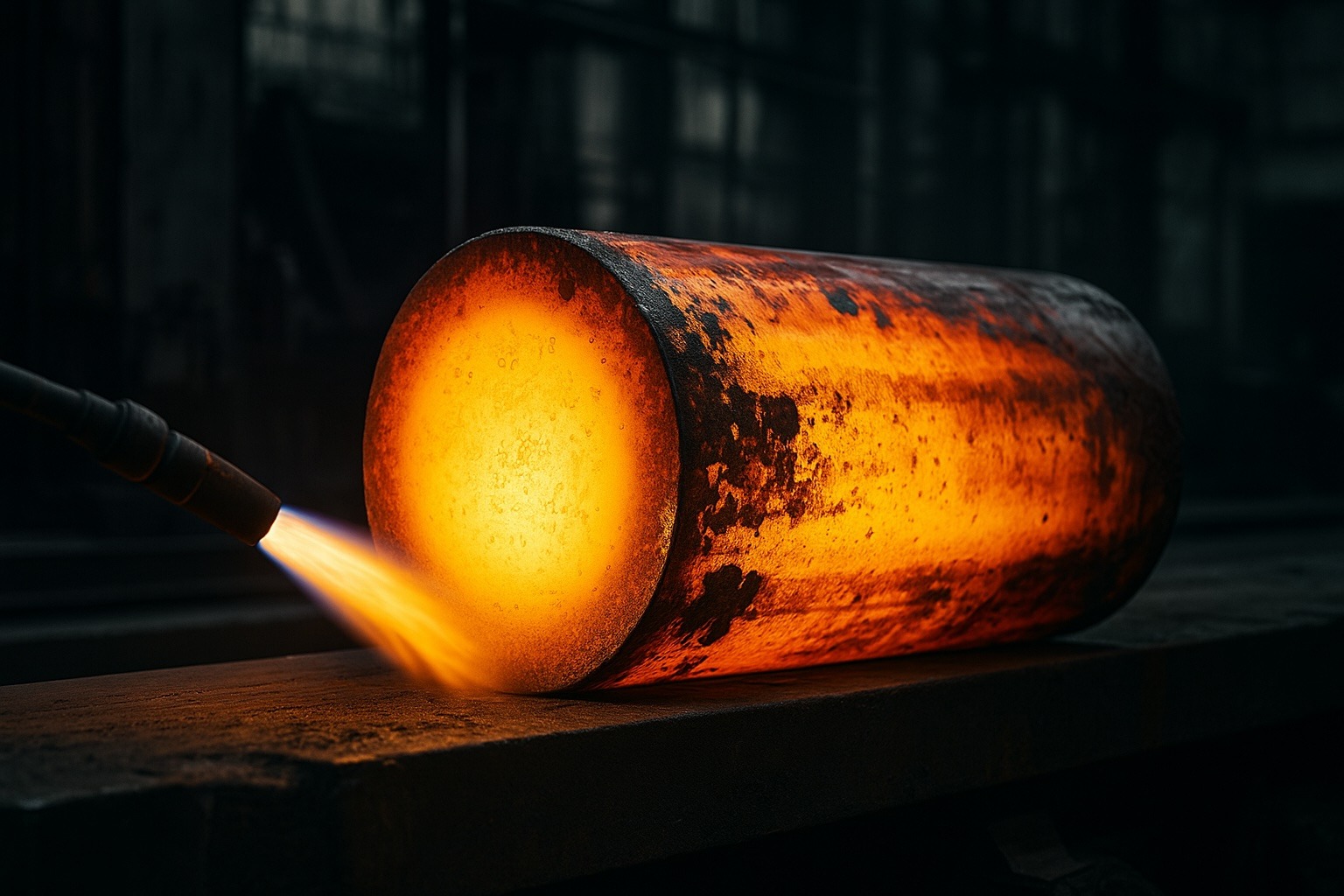
When the Karlsruhe Institute of Technology announced a new chromium-molybdenum-silicon alloy that doesn’t melt until just below hell’s own thermostat, the news barely made a ripple. It should have caused an earthquake. This thing doesn’t just survive fire. It thrives in it. It could outlive the engine that burns it.
For decades, engineers have been chained to nickel-based superalloys brilliant, strong, but with a heat ceiling that ends dreams at around 1,100°C. Beyond that, they soften, oxidise and fall apart, forcing designers to duct air through them just to stop them from melting themselves. The new Cr-Mo-Si alloy laughs at those limits. It stays ductile at room temperature, shrugs off oxidation, and stays solid at temperatures where most metals turn philosophical about entropy.
That kind of performance isn’t a step forward; it’s a new species. It opens the door to jet engines that run hotter, cleaner and leaner. A few hundred degrees more and suddenly a 5–6 percent efficiency gain turns into a 20 percent fuel reduction across a global fleet. The alloy could make aviation greener, power generation cheaper and industry more efficient.
That’s the brochure version. The real story is darker.
The alloy’s true home isn’t in a Boeing factory it’s on the nose of a missile travelling at five times the speed of sound. At Mach 5, air turns into plasma, and even the best carbon-carbon composites start to erode. Ablation is the polite term for “the material gives up.” You can’t steer a missile if the skin is vaporising. The Cr-Mo-Si alloy fixes that. It doesn’t burn, it doesn’t flake, it just stays. And that stability changes everything.
Hypersonic flight is the holy grail of modern warfare. Whoever masters materials that can handle it owns the upper atmosphere. This new alloy isn’t just a metallurgical breakthrough it’s a strategic one. The U.S., China, and Russia all know it. And that means the alloy will be locked away faster than you can say export control. The public will hear about “sustainability” and “efficiency gains.” The military will be testing it in secret, watching it glow in wind tunnels while the engineers nod silently.
Dual-use technologies always follow the same script. Silicon started as a tool for computation; now it guides drones. Titanium was meant for jet engines; now it armours tanks. The Cr-Mo-Si alloy will join them born in a lab promising cleaner skies, weaponised before its first commercial contract is signed.
Even if it does reach civilian use, don’t expect it to stay cheap. Refractory metals are a pain to work with, their machining eats tools for breakfast, and their processing makes accountants cry. But that won’t stop defence budgets from writing blank cheques. When a material survives Mach 5, questions about cost become quaint.
In a few years, the alloy that could have made your next flight cleaner will probably make someone else’s missile faster. And if history is any guide, when the first generation of these weapons retires, the same alloy will quietly slip into power turbines, airliners and maybe even your car’s engine. Every war leaves behind its relics. Some are tanks. Some are treaties. And sometimes, it’s just a metal that refused to die.